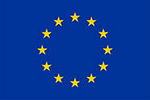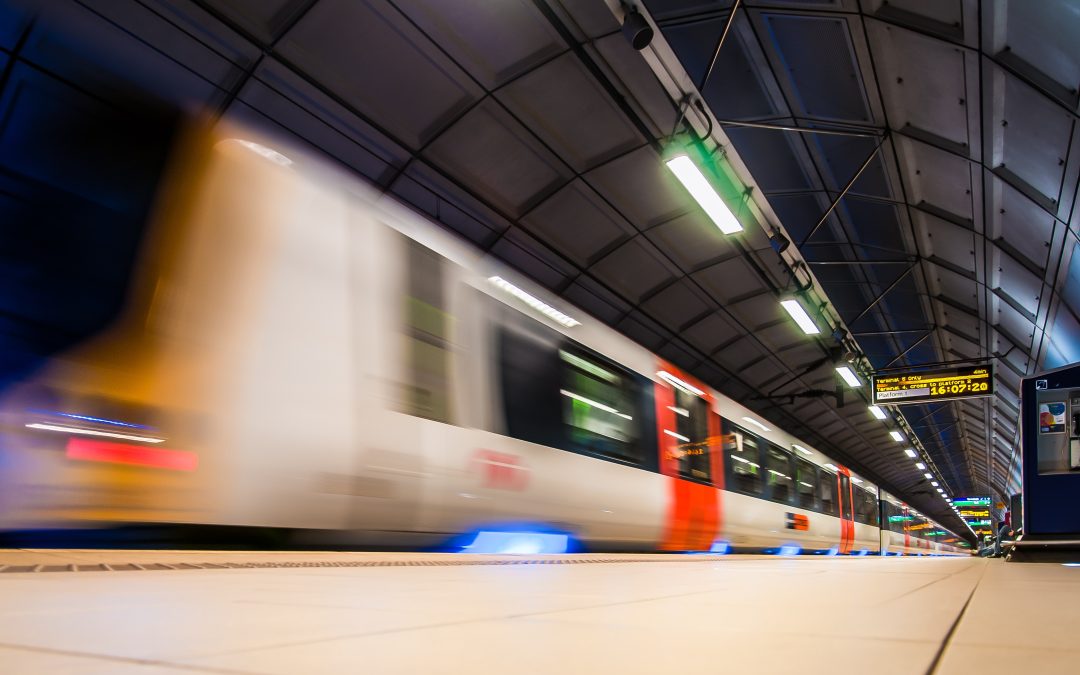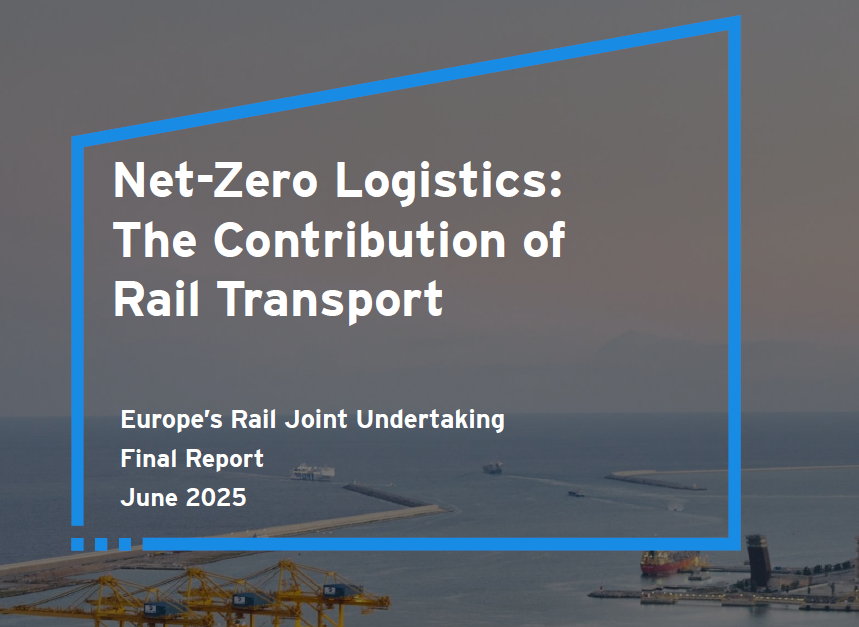FP1-MOTIONAL D2.4: Demonstration Strategy Flagship Project FP1-Motional explores solutions for the planning and...
Performance Targets and KPIs
Description: The purpose of this deliverable is to specify the methodology required to monitor the KPIs as defined as part of the Ride2Rail project. The objectives of this methodology are to be valid and reliable in terms of how data is captured and measured, while being suitable for the constraints of demonstration sites and, in a later phase, any dissemination locations.
Target audience: Transport Service Providers & Stakeholders
How it brings us closer to achieving better rail for Europe: This deliverable defines an approach to ensure a reliable, accurate and consistent method for evaluating the effectiveness and impacts of new shared services to increase the attractiveness of rail, while minimising the effort required by transport stakeholders.
More information on this topic: RIDE2RAIL
User Engagement Strategy
Description: This deliverable aims to introduce the strategy to engage the Transport Service Providers and travellers to fulfil the methodological and technical requirements considering the following points:
- Test the Travel Companion (TC) developed by CFMs.
- Filling out the USI questionnaire to evaluate the added value to the Innovation Programme 4 Solution offer dedicated to 6 demo sites.
- Representing the sample size to achieve a 95% of confidence level in each demo site.
Target audience: Transport Service Providers & Stakeholders
How it brings us closer to achieving better rail for Europe: This deliverable defines an effective strategy to make the Travel Companion (TC) App helpful. Understanding the Transport Service Providers and travellers’ needs and expectations could have great potential to make the rail industry more attractive.
More information on this topic: IP4MaaS
Position Paper on Development of Running Gear Components
Description: This deliverable describes the work done in work package 7, “Development of Running Gear Components”. The main objectives of this WP are to reduce weight of running gear components that will generate energy savings through the whole life cycle, lower unsprung mass to help reduce track damage, wear and vibrations, and finally provide recommendations for validation methods for reduced noise and vibration running gear.
Target audience: All rail stakeholders
How it brings us closer to achieving better rail for Europe: This deliverable addresses the objective of enabling easier vehicle homologation processes, in which the running gear plays an important role. This is done by using simulation for the acceptance of running characteristics of railway vehicles. In this report, different approaches about using simulations for validation of subsystem in railway system (Europe, US, Japan) are exposed. The methods (existing methods and new proposals) of building and validating a vehicle model are investigated and the strategies to use simulations for the acceptance of running characteristics of railway vehicles are presented.
More information on this topic: PIVOT-2
Component Level Demonstrator Using Additive Manufacturing Methods
Description: The main aim of the task reported within this report is to investigate the practical potential and the possible problems of the design and implementation of an additively manufactured component into the running gear of a railway vehicle. The report starts by reviewing the state of the art in additive manufacturing, then summarises the recent developments and presents some examples of applications and presents the results of the testing carried out on specific target components.
Target audience: All rail stakeholders
How it brings us closer to achieving better rail for Europe: The use and practical application of metal additive manufacturing for spare parts and repair in the railway industry is feasible. The work has demonstrated practically that a component constructed using additive manufacturing techniques can be used in a railway environment and can result in a significantly reduced mass with equivalent or better performance in all other key aspects.
More information on this topic: NEXTGEAR
Economic Appraisal of CARBODIN Solutions
Description: The main scope of the deliverable is to perform an economic appraisal of the CARBODIN solutions developed, demonstrated and tested throughout the whole duration of the Project. A methodology is was prepared so as to collect information on these solutions in general and relating to the relevant costs in particular. The costs that were collected are related to different categories, taking into consideration each time, the different nature and scope of each solution developed. The main goal of the report is to compare these costs to the (monetarized were possible) expected benefits, so as to perform a Cost-Benefit Analysis (CBA), aiming to depict the contribution of the solutions developed, to the creation of cost and energy efficient high-speed trains.
Target audience: All rail stakeholders
How it brings us closer to achieving better rail for Europe: The current evolution in the field of railway requires the development of trains with a main target to be reliable, faster and energy efficient, decreasing the CO2 emissions, accommodating passenger comfort with an increased capacity and enhancing passengers’ sensory experience. To fulfil these requirements, a lightweight construction of rail vehicles is thus required. During the past few years, a massive adoption of composite materials has been observed in industries where weight is a crucial factor for fuel consumption. More detailed, the use of composite materials may result in lower energy consumption, reducing the train’s weight by almost 20-30% and at least 5% of CO2 emissions. Additionally, sustainability, advanced performance and cost benefits can be achieved by lightweight, high performing and durable composites.
More information on this topic: CARBODIN
Modelling of Rail Vehicle Dynamics and Simulation of Running Gear Loads
Description: This deliverable provides a reference case for running gear loads through Multi-Body Simulation (MBS) of a virtual reference vehicle on a virtual reference track. The loads determined with this activity are considered as a benchmark against which the loads of an upgraded vehicle model to be developed in future work. The upgraded model will comprise the GEARBODIES innovations regarding elastomeric components and journal bearings, so as to examine the differences with the reference case.
Target audience: All rail stakeholders
How it brings us closer to achieving better rail for Europe: The results reported describe the investigations on the service loads acting on the components of the type to be developed in GEARBODIES (elastomeric components, journal bearings for railway applications). In further work, harmonisation of the models will be pursued and adapted.
More information on this topic: GEARBODIES
















